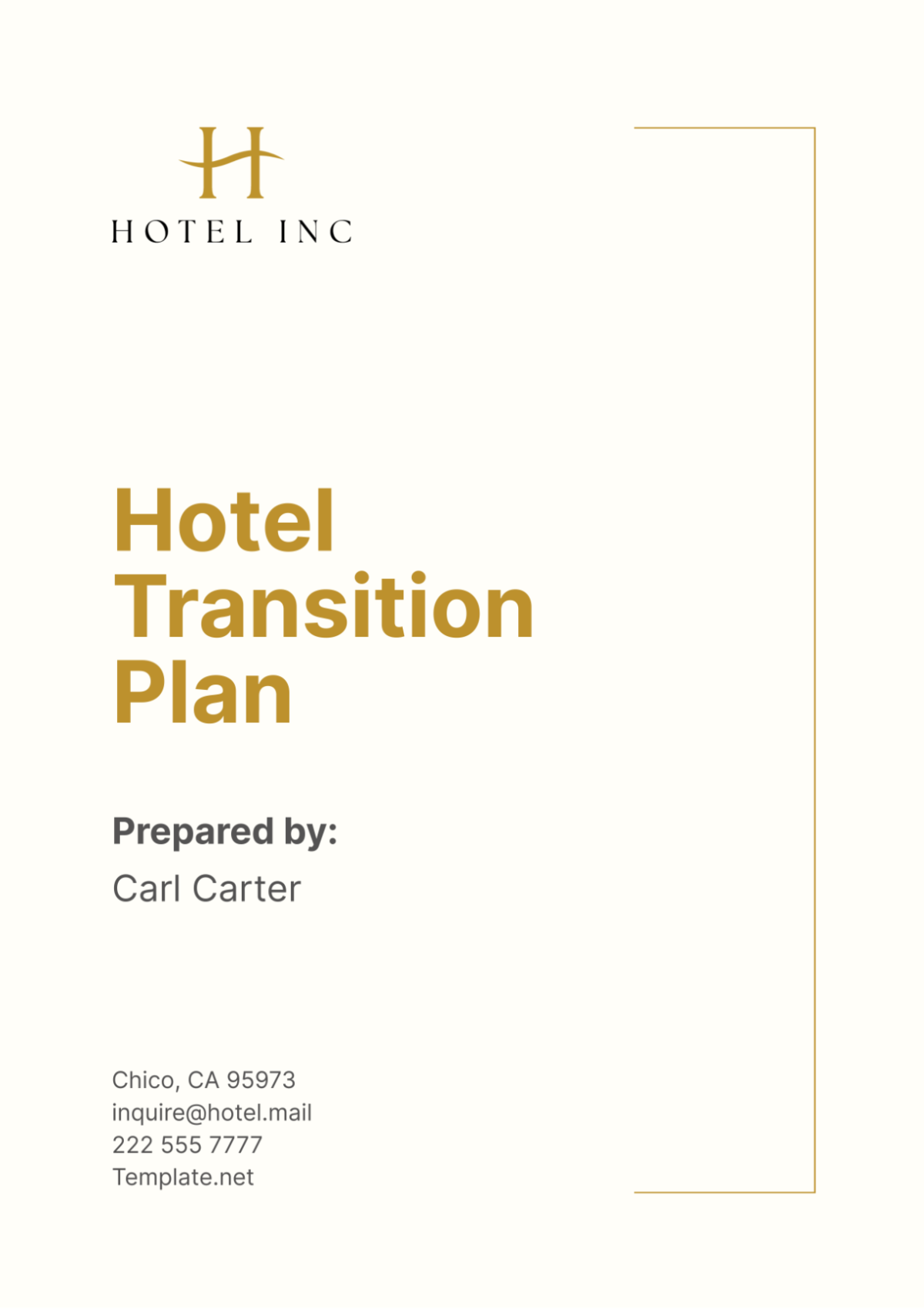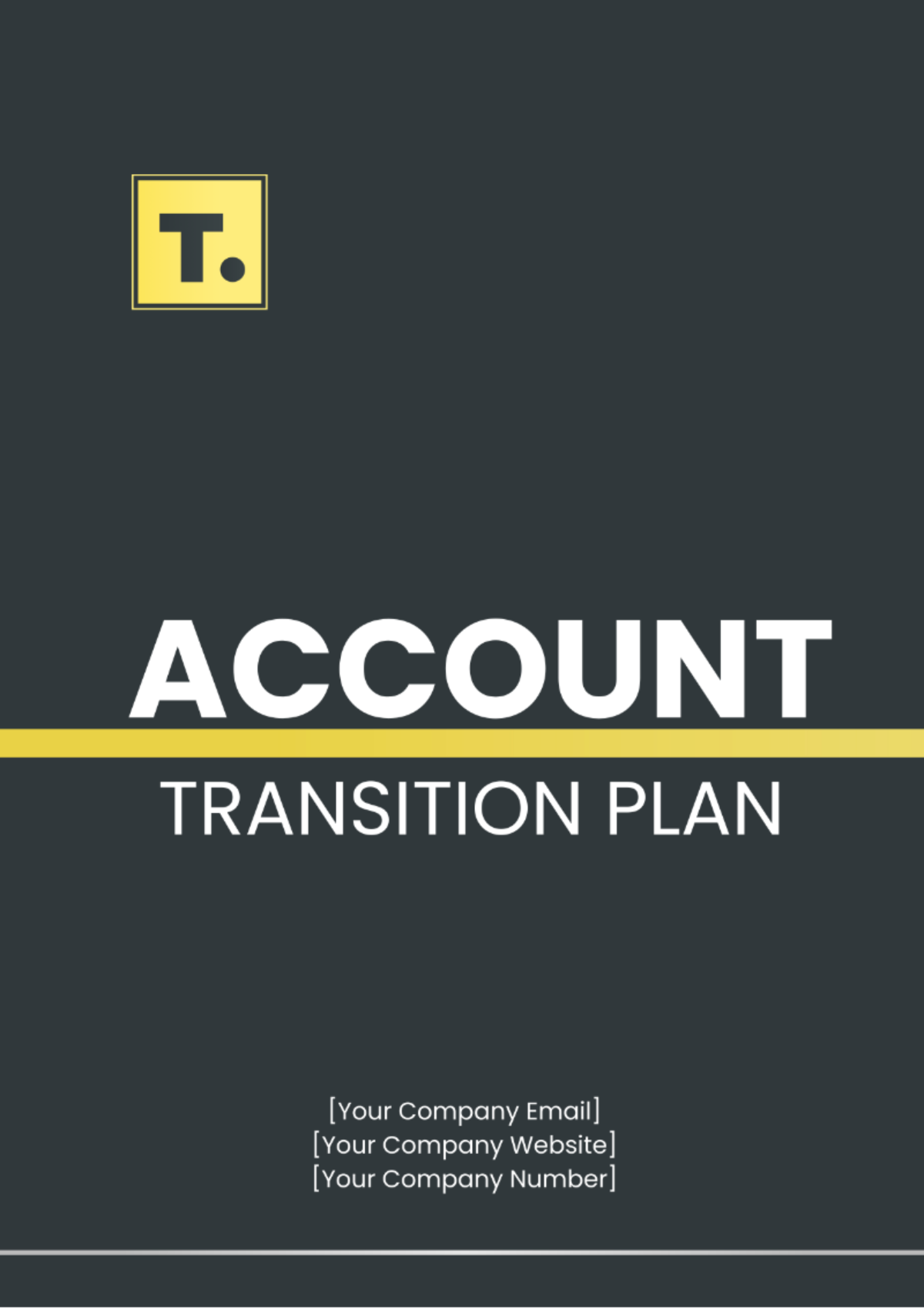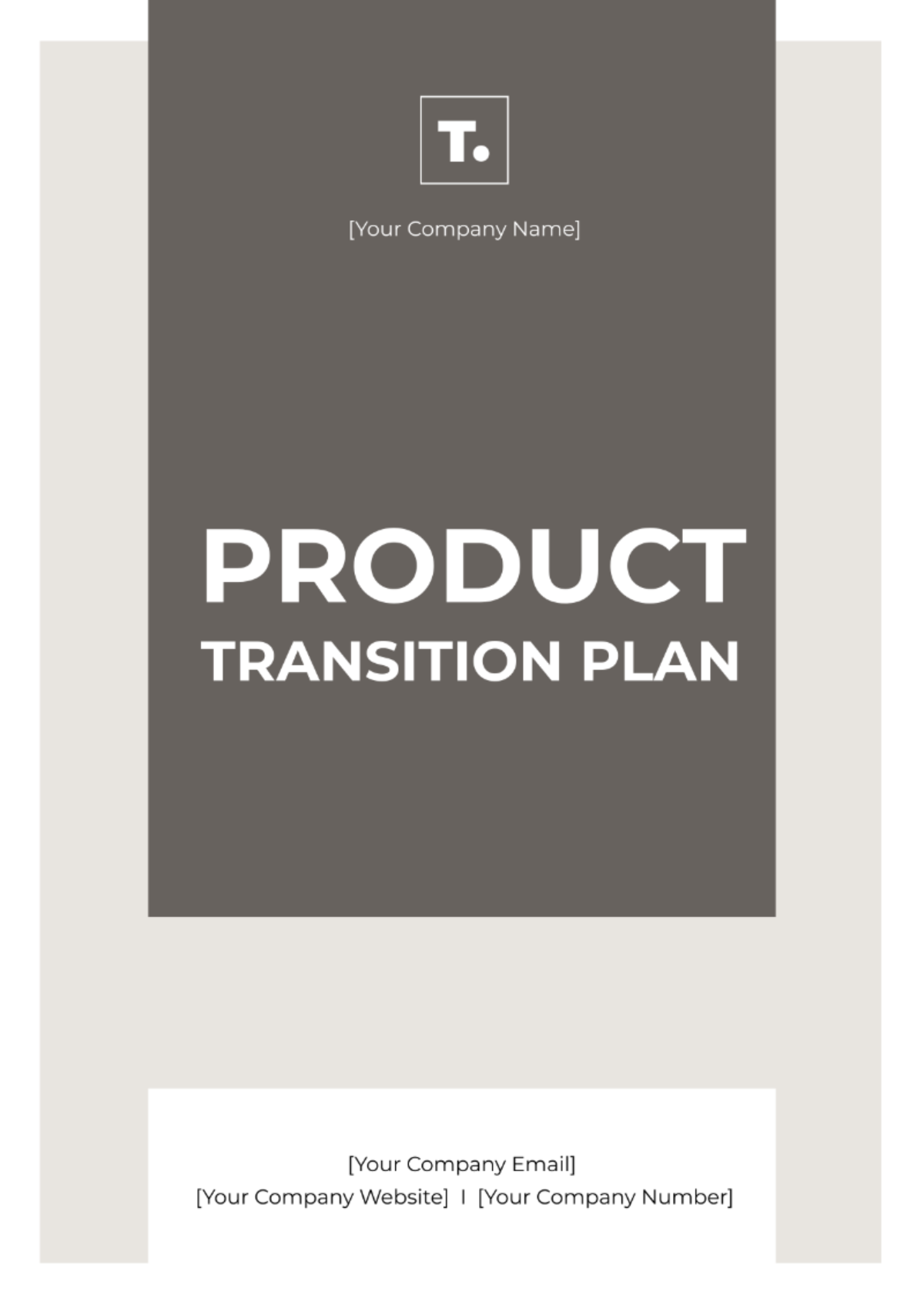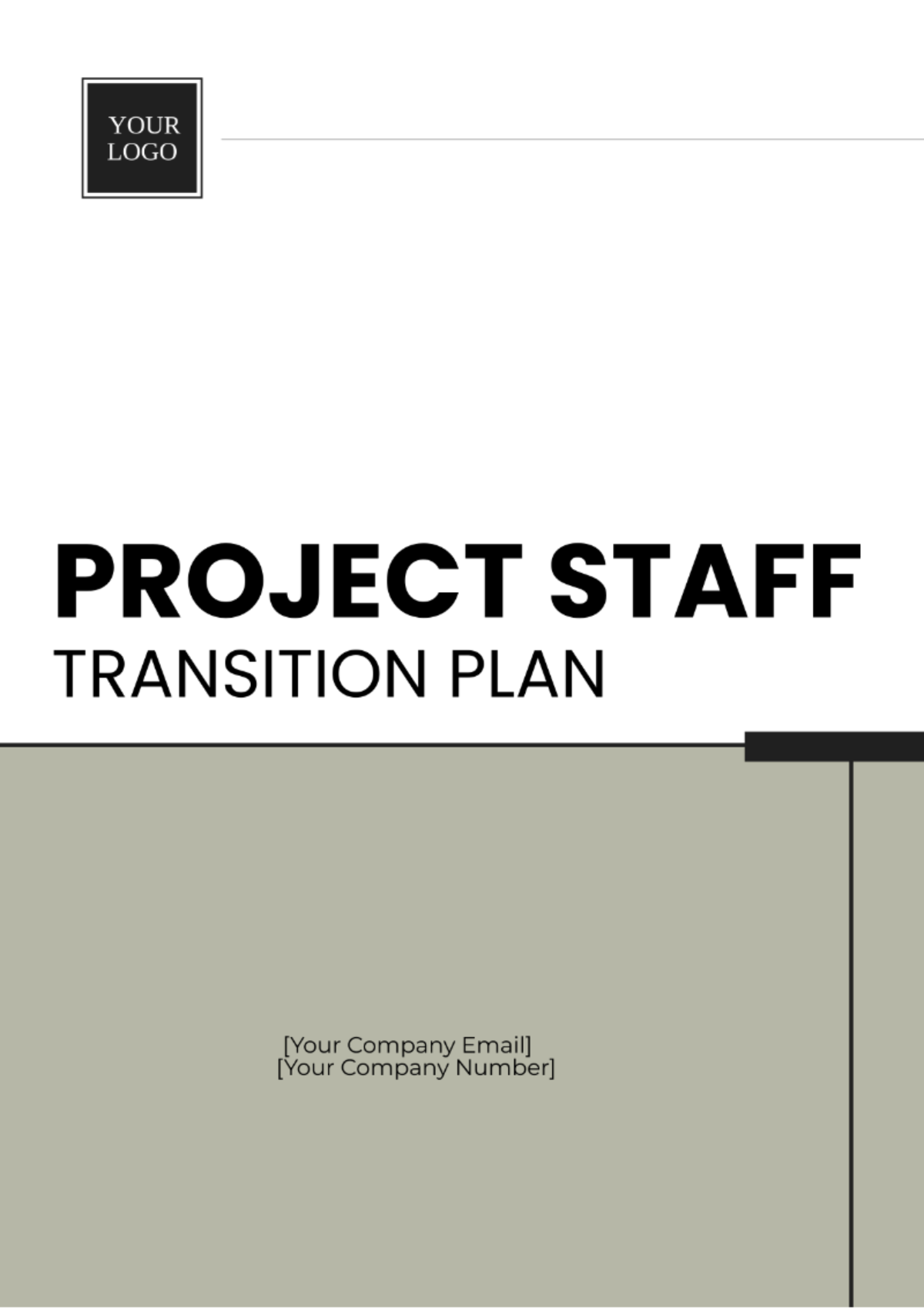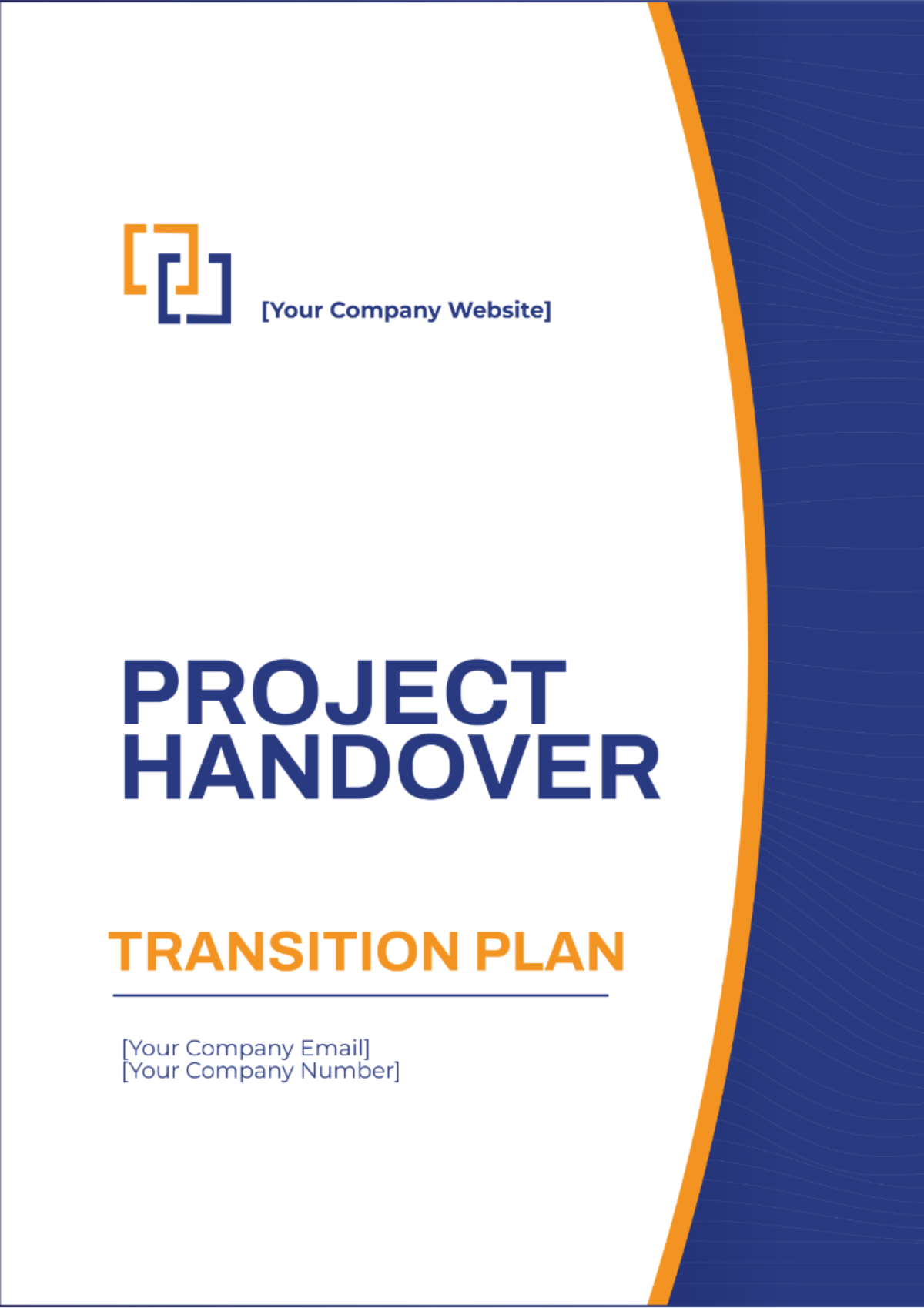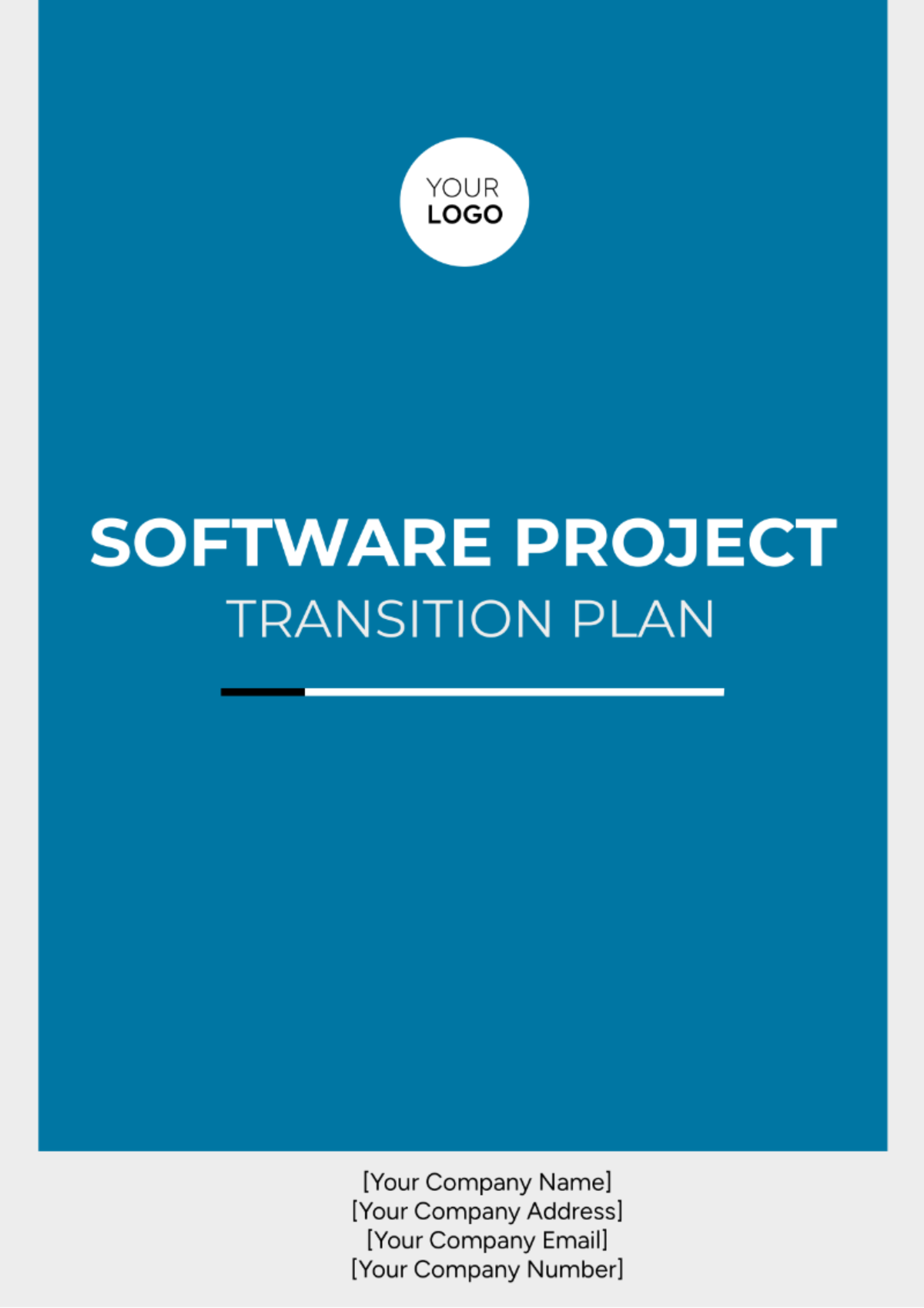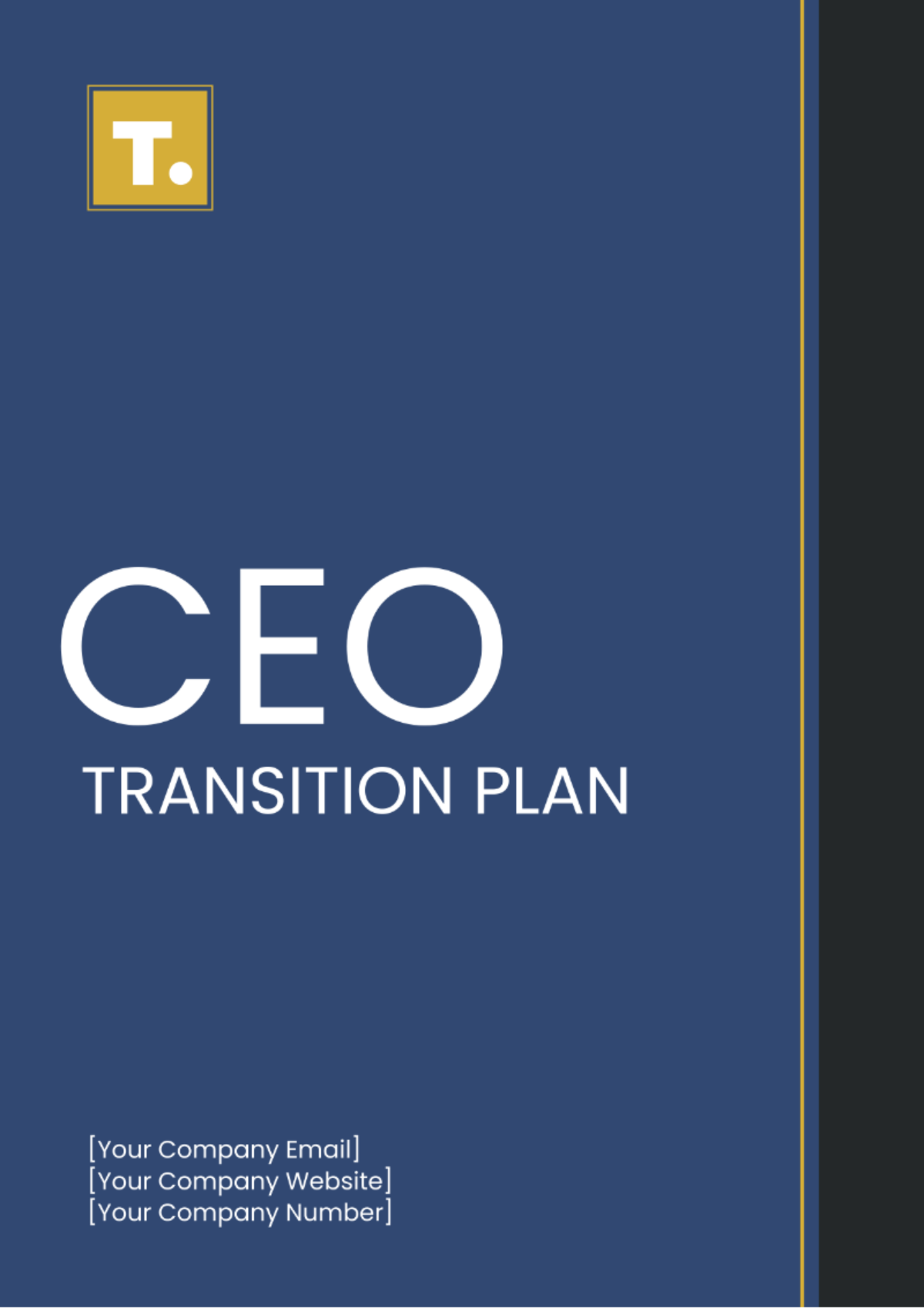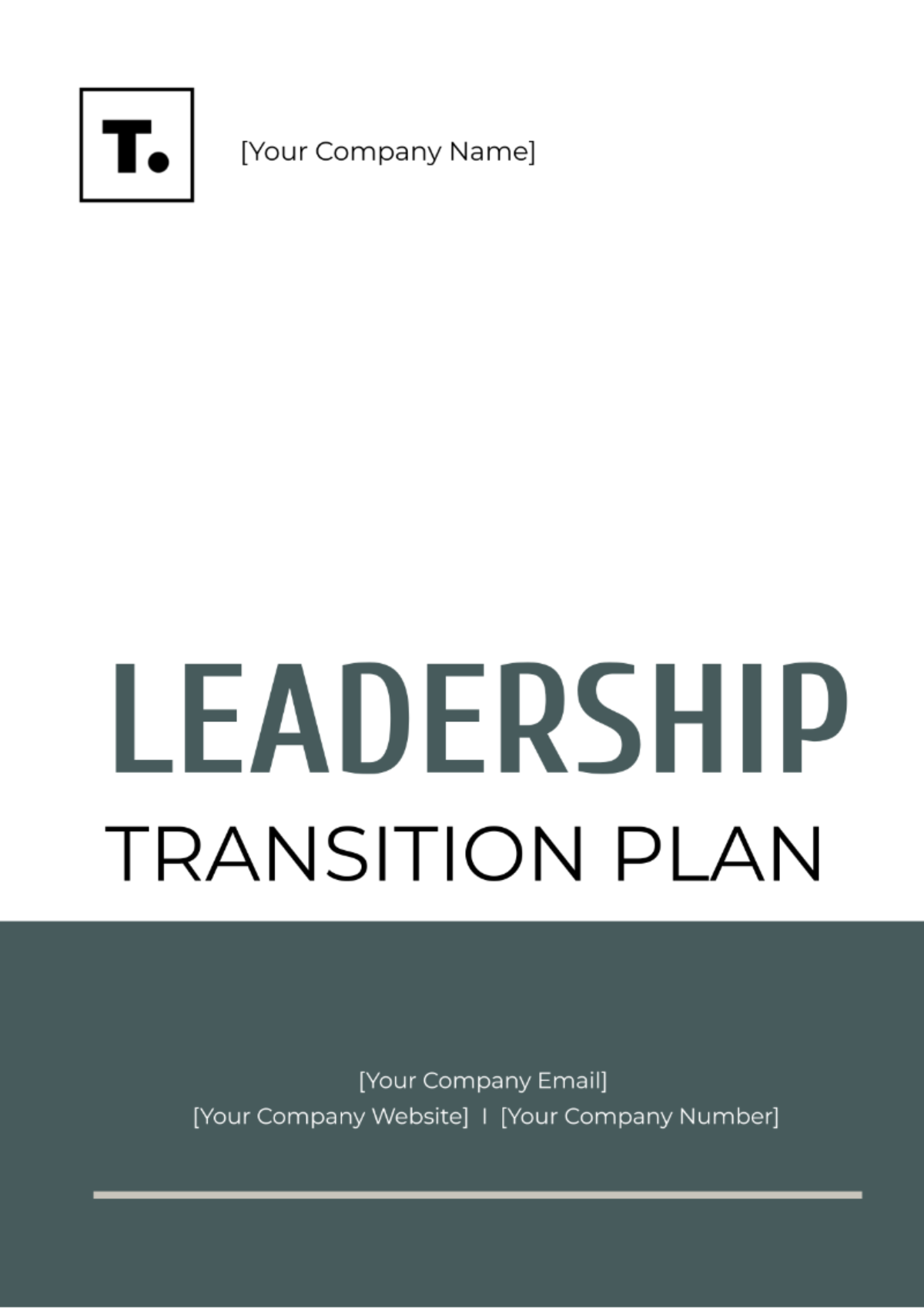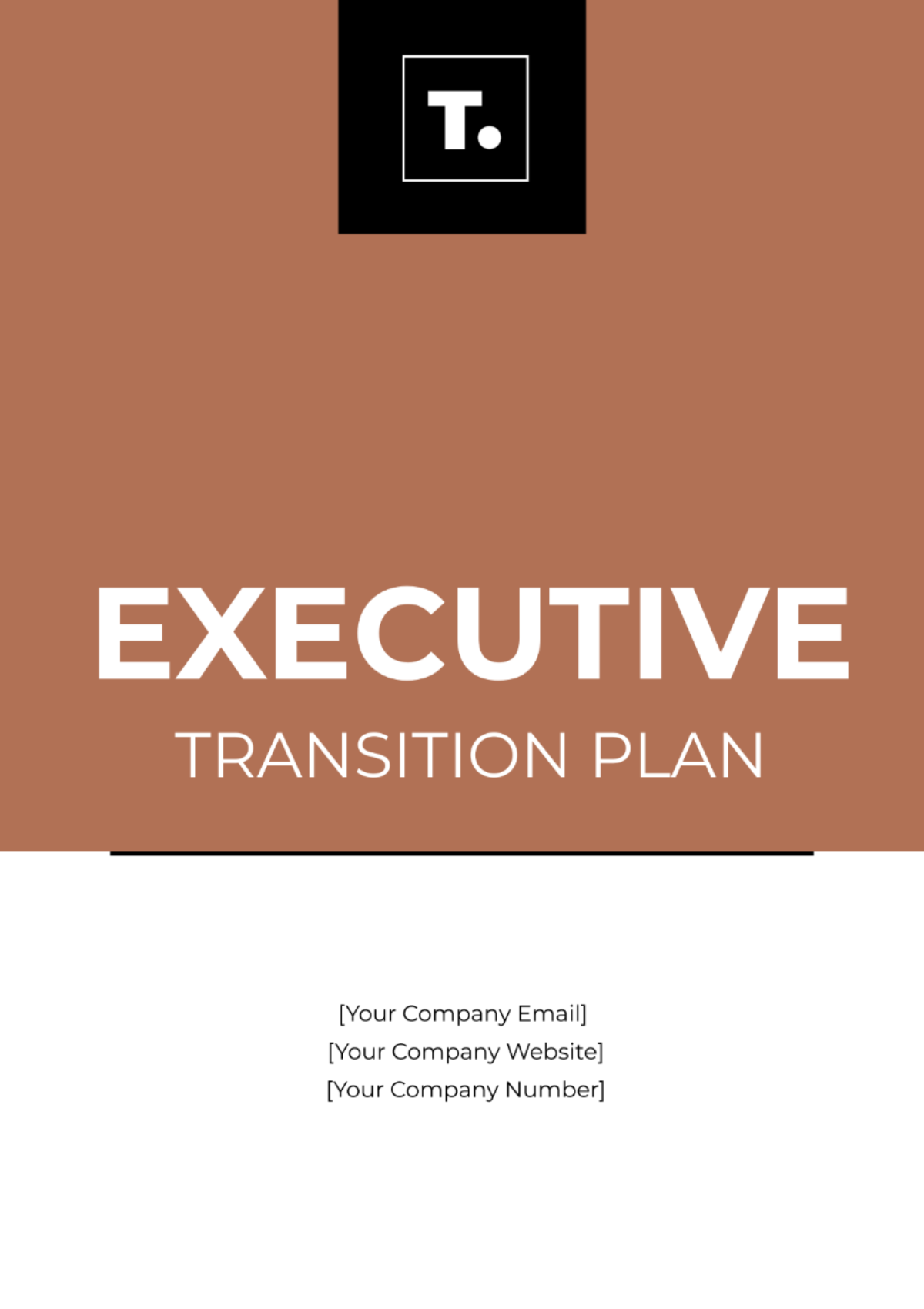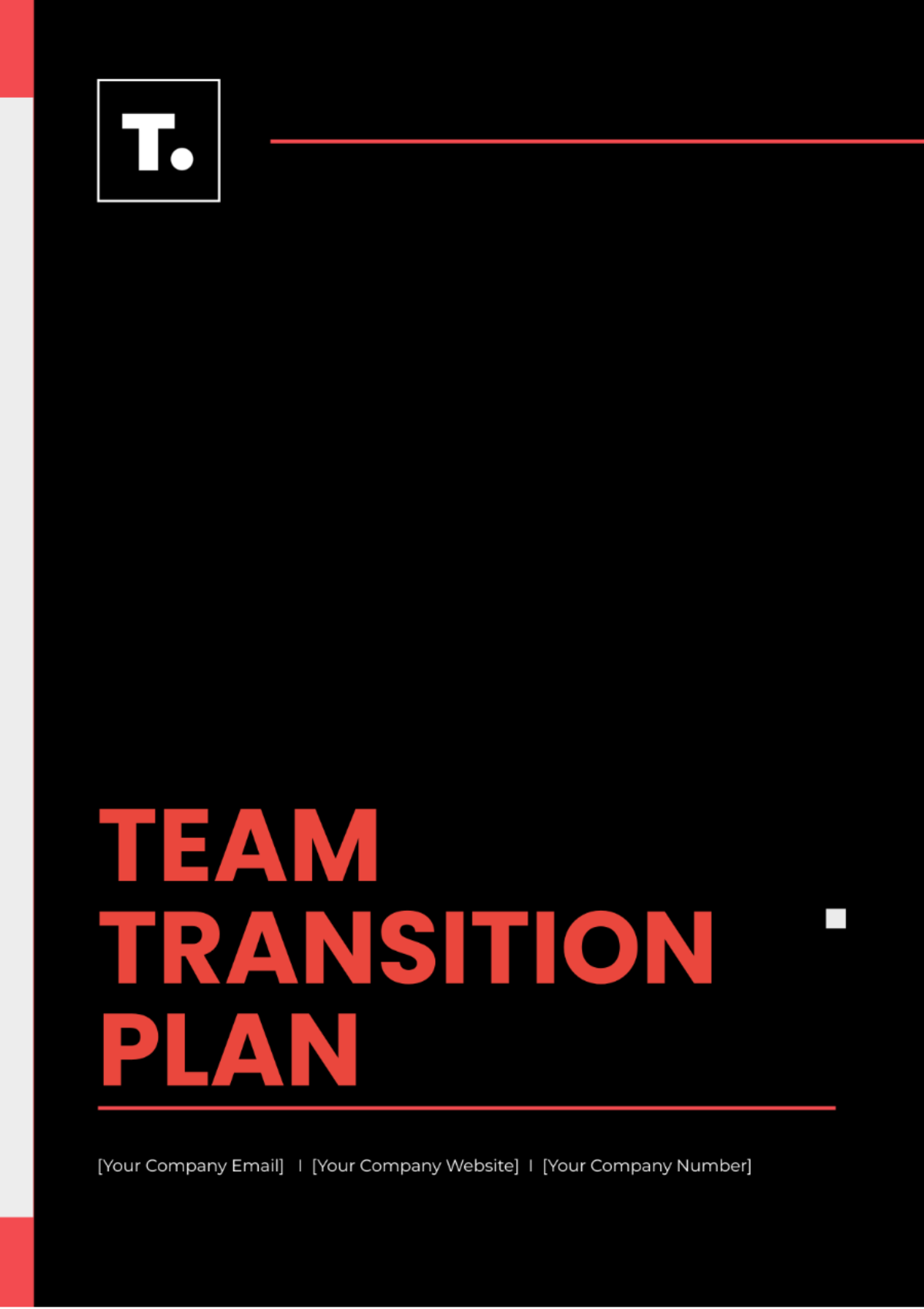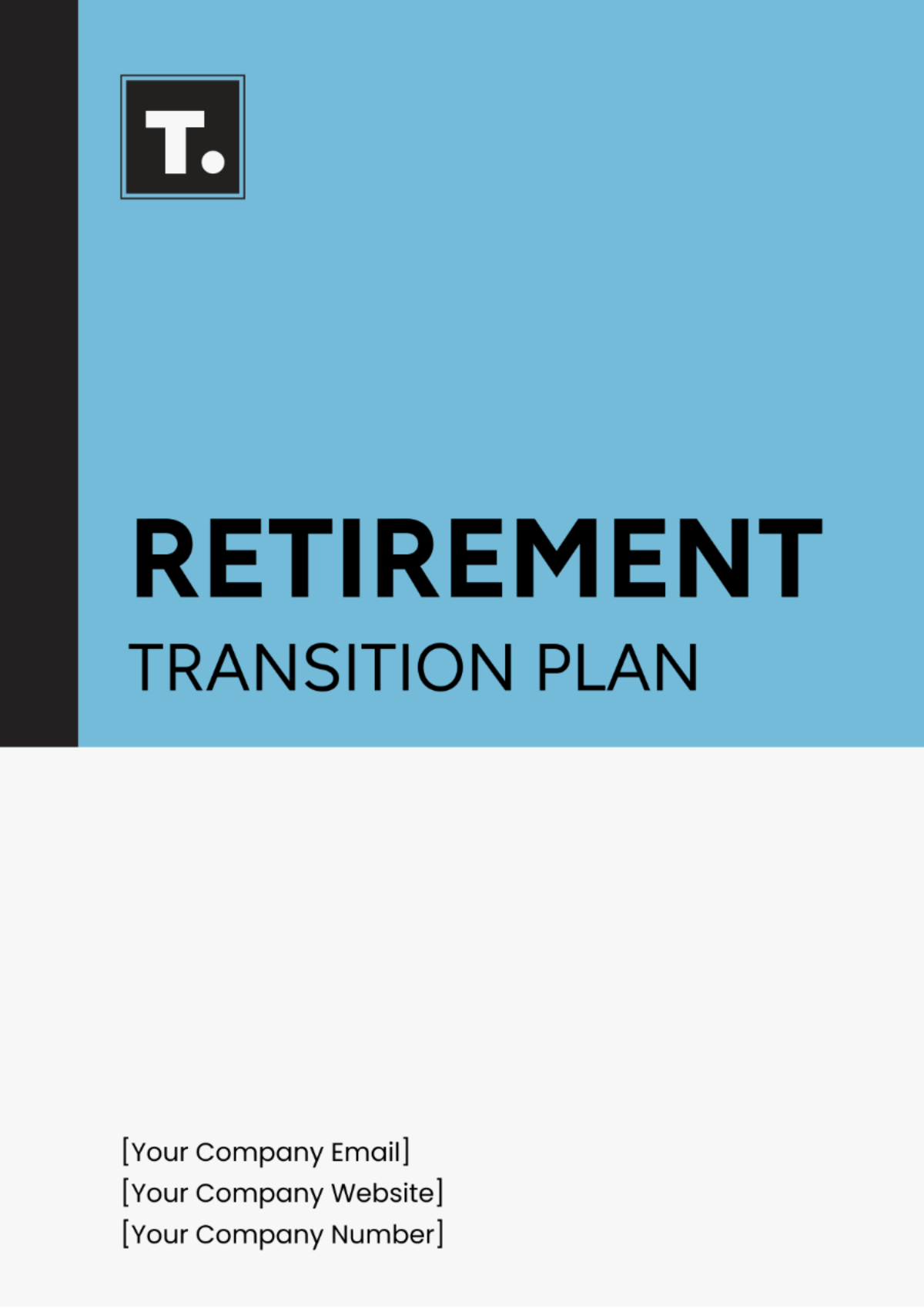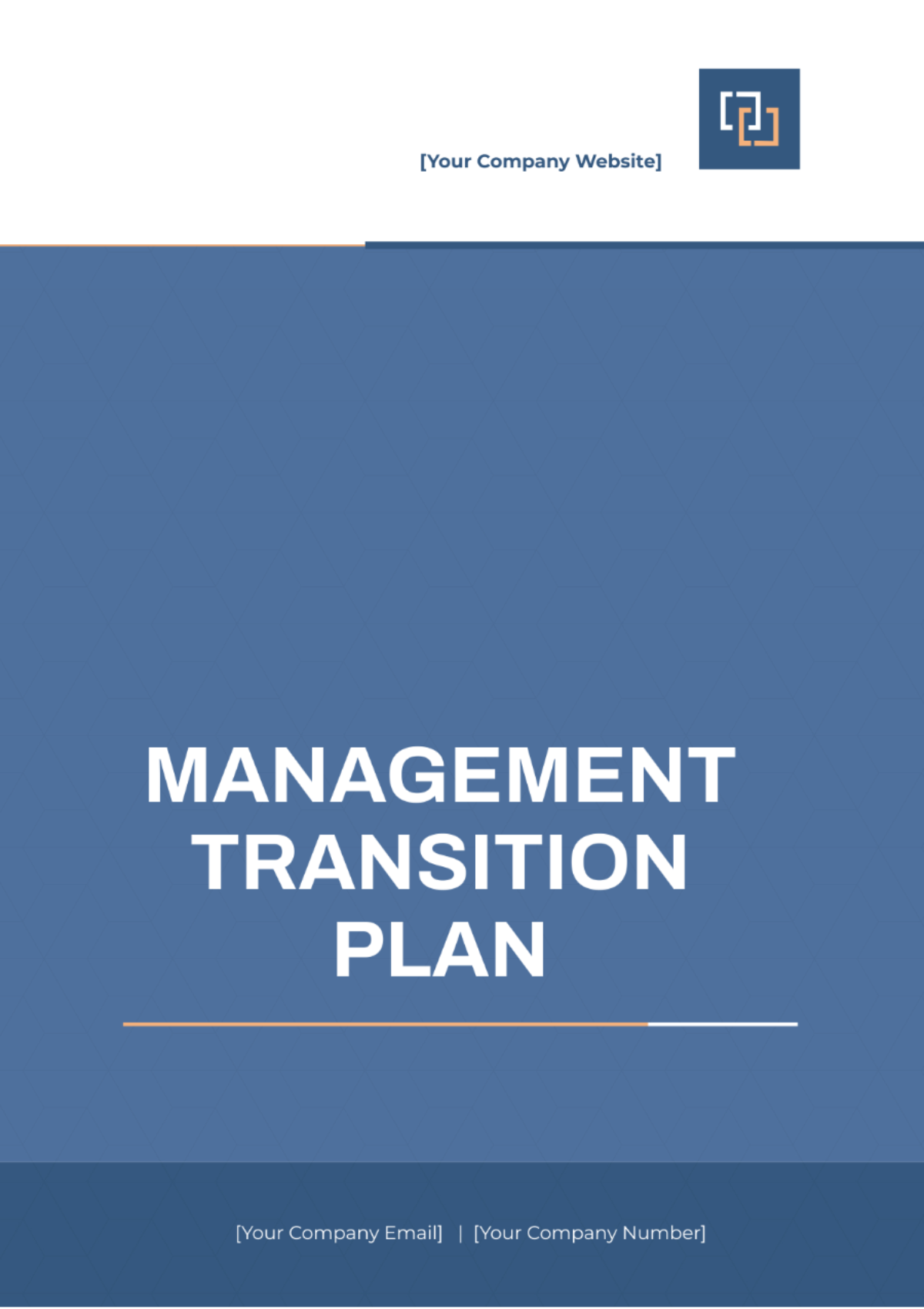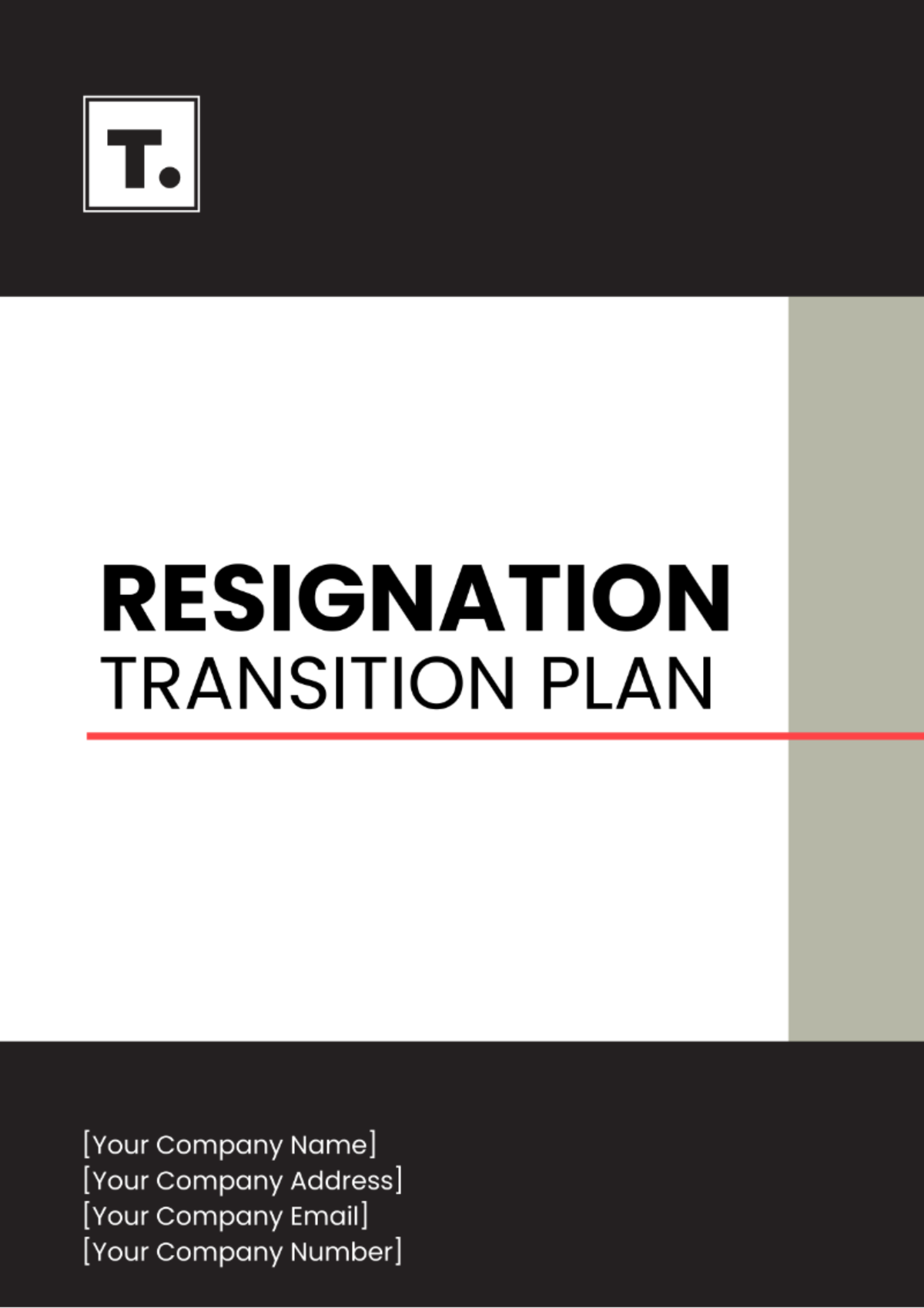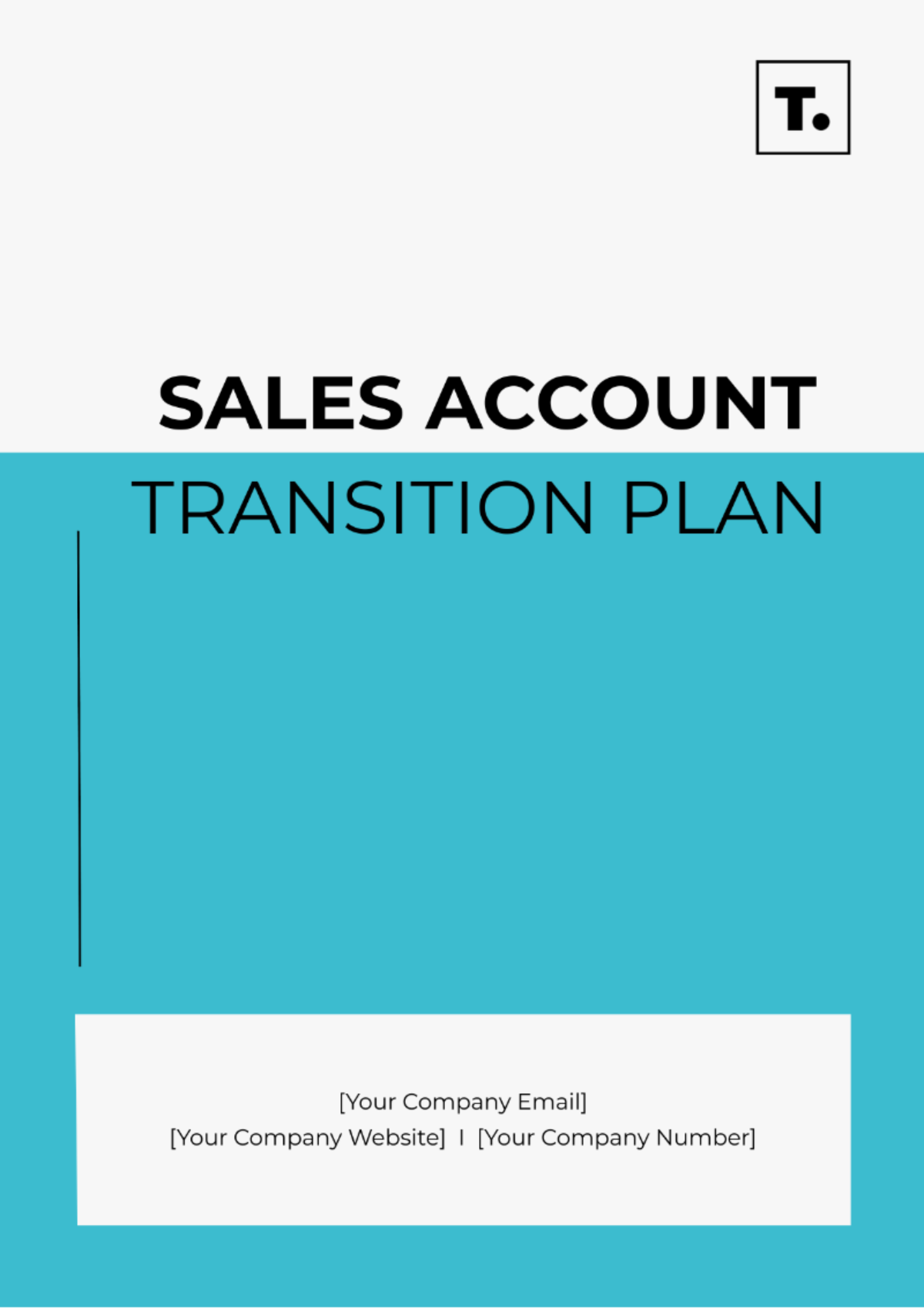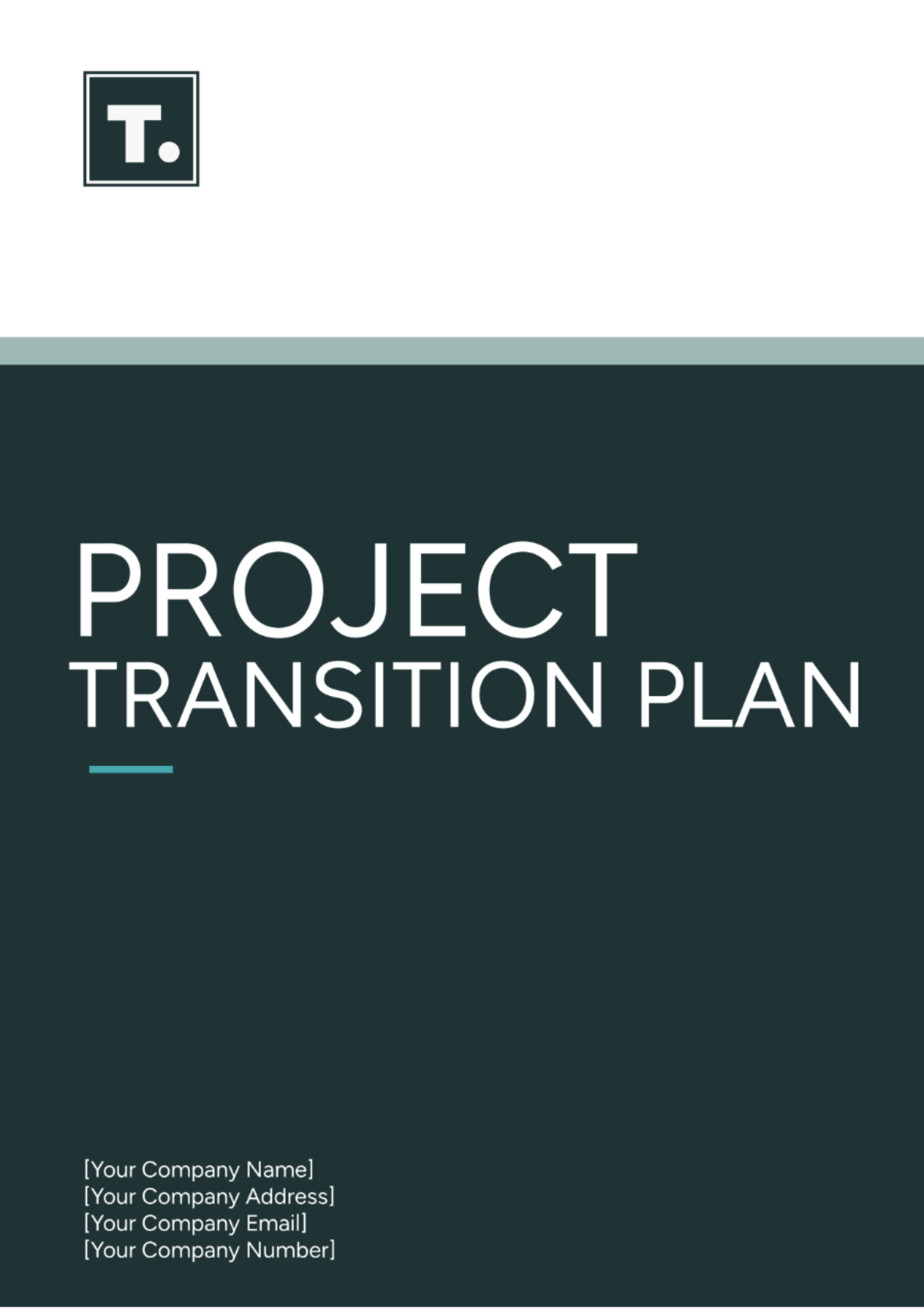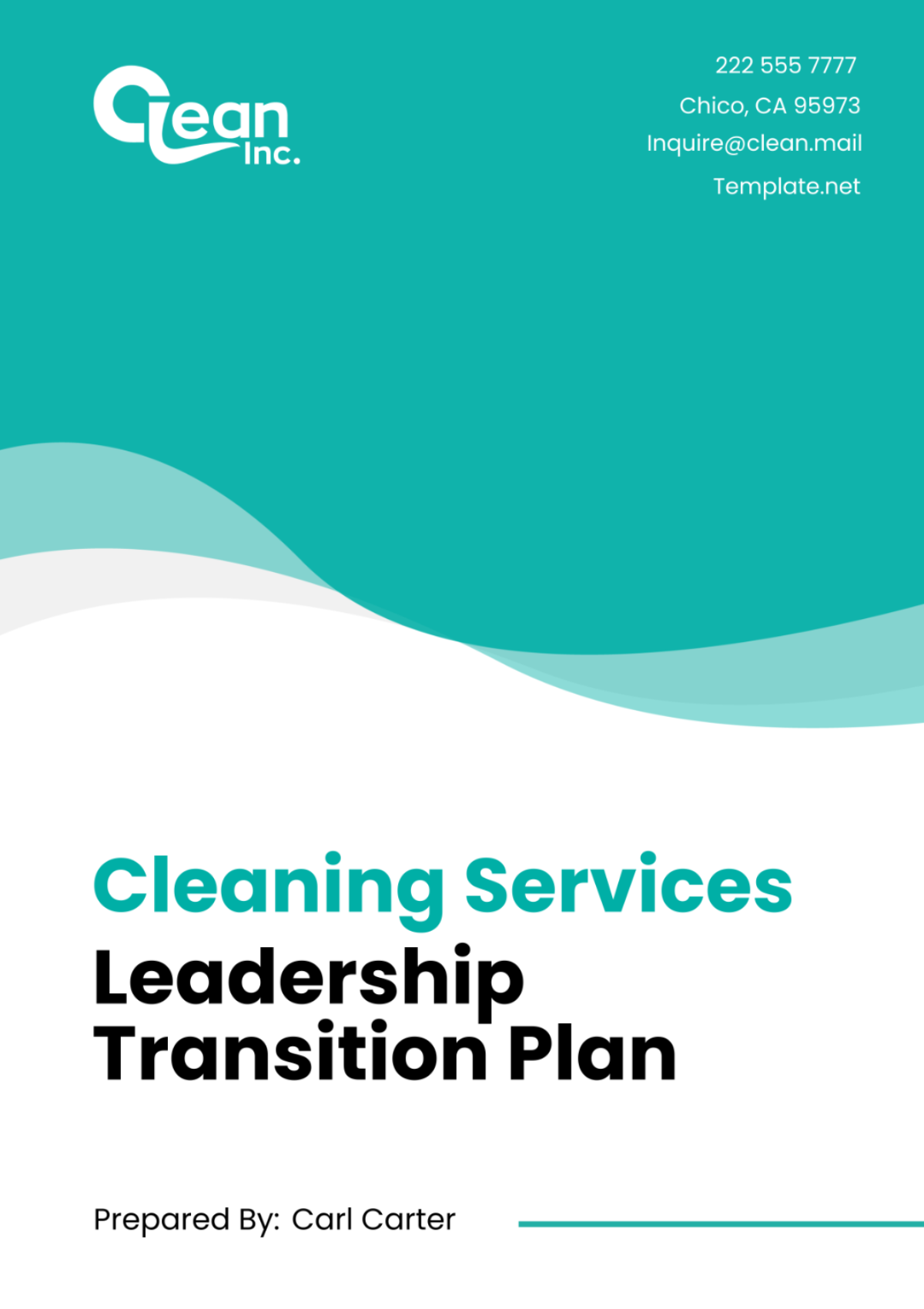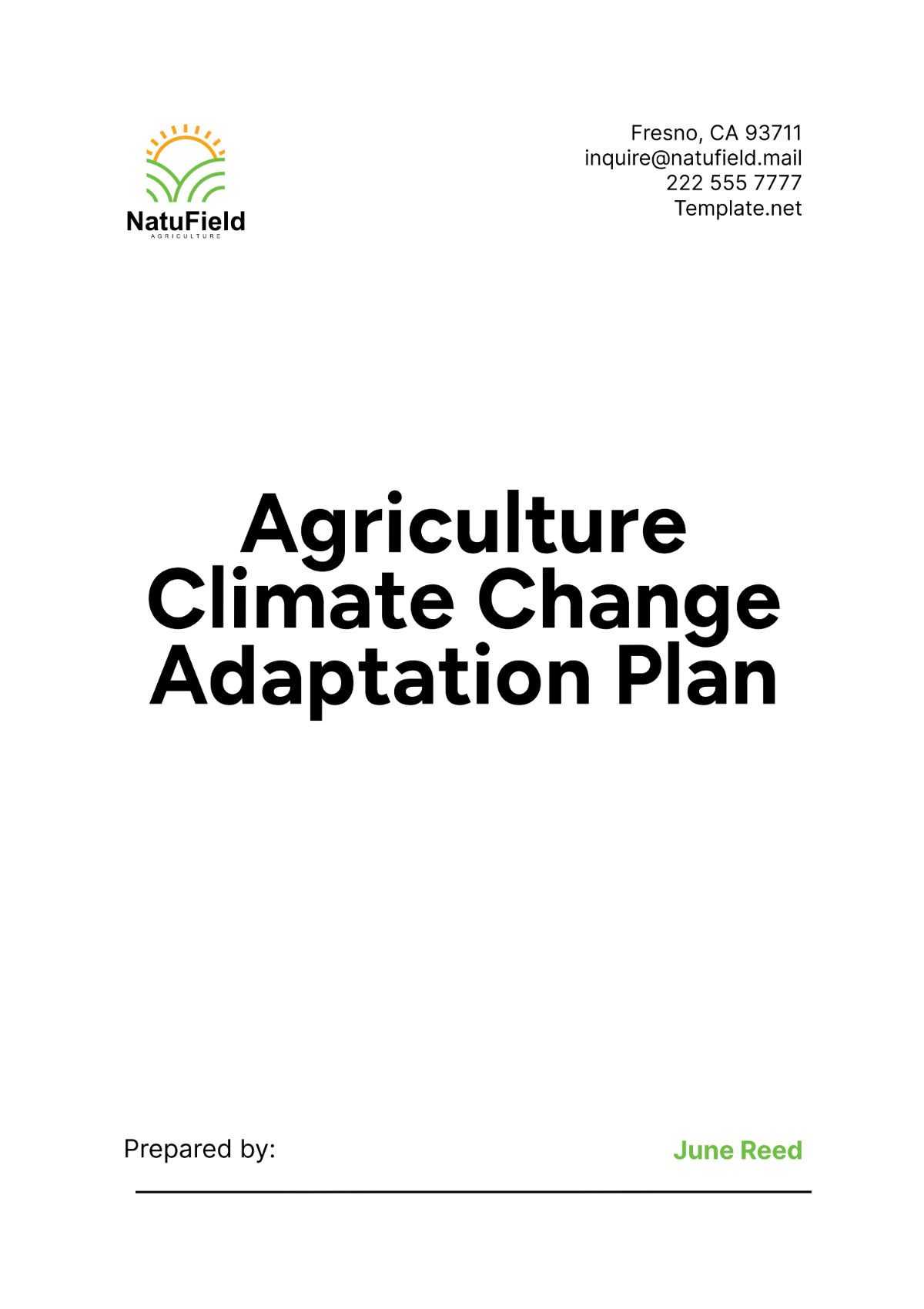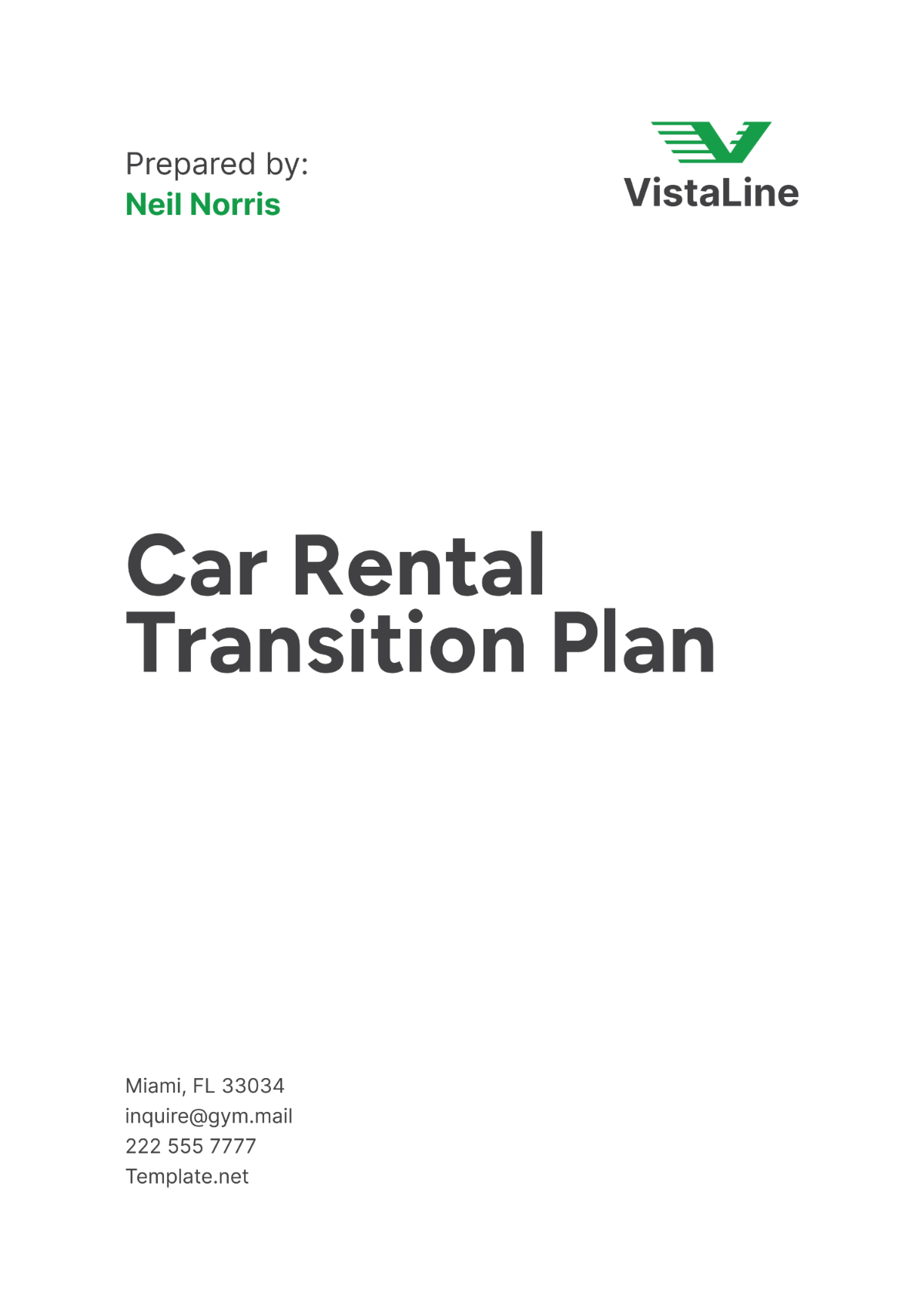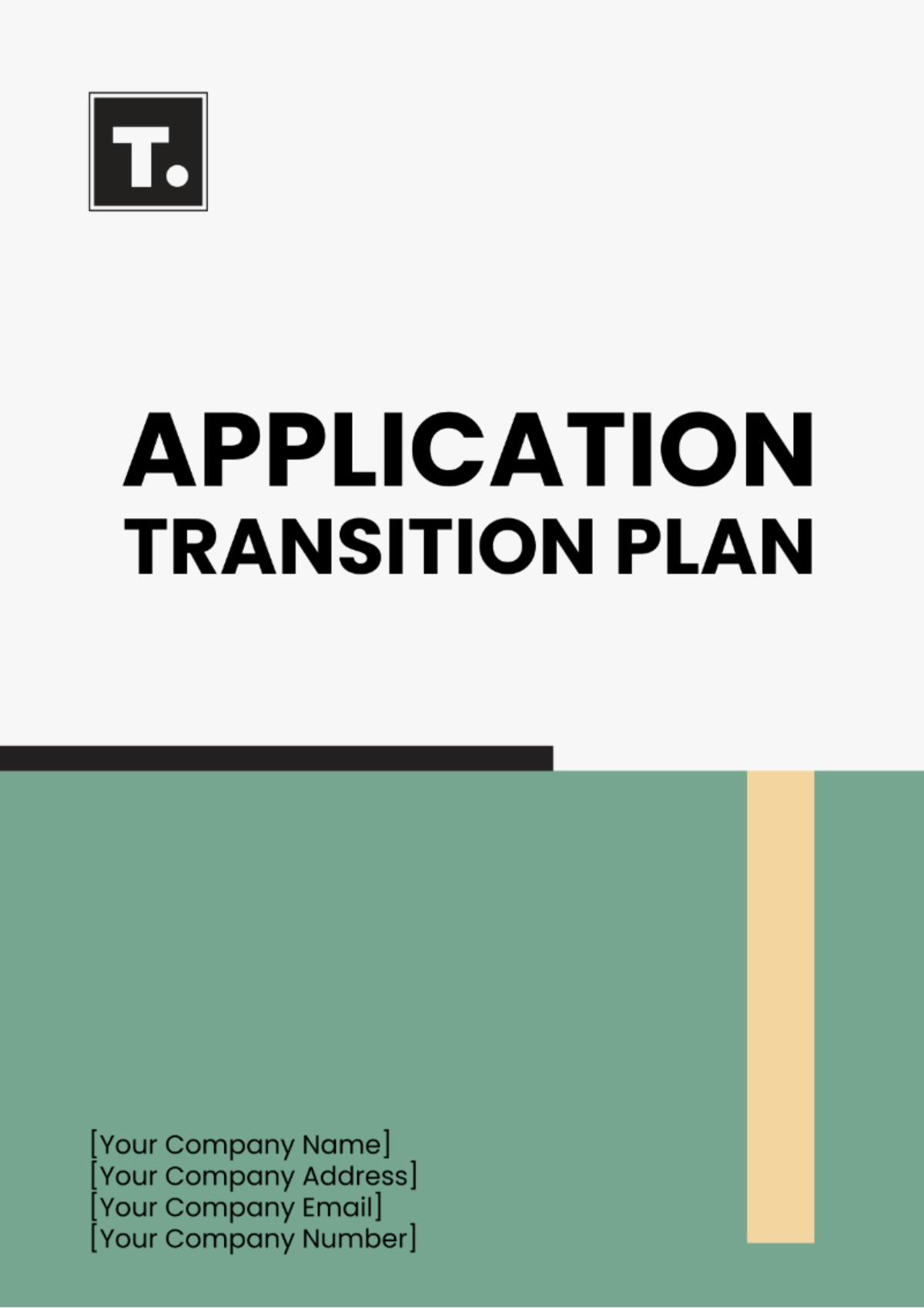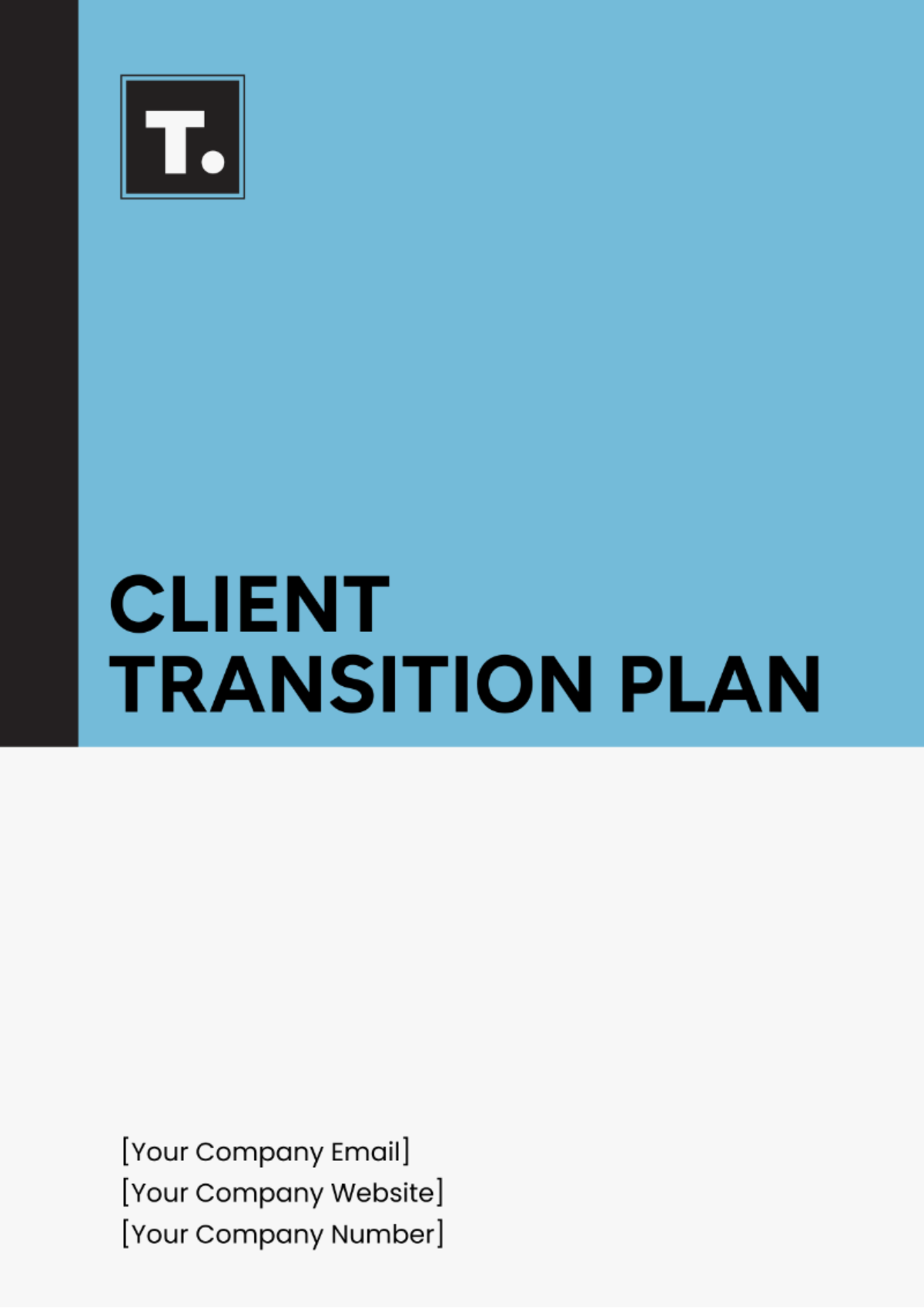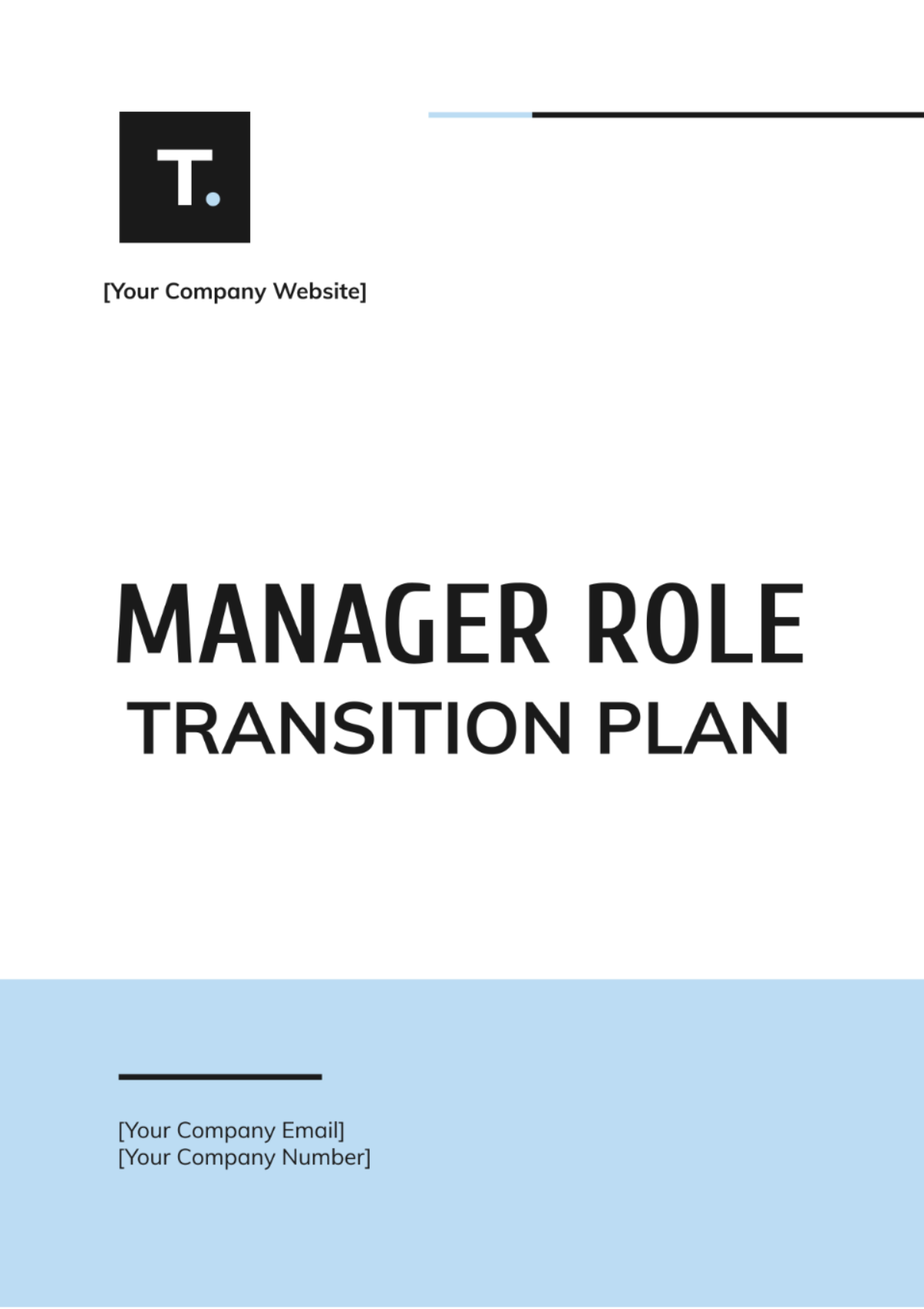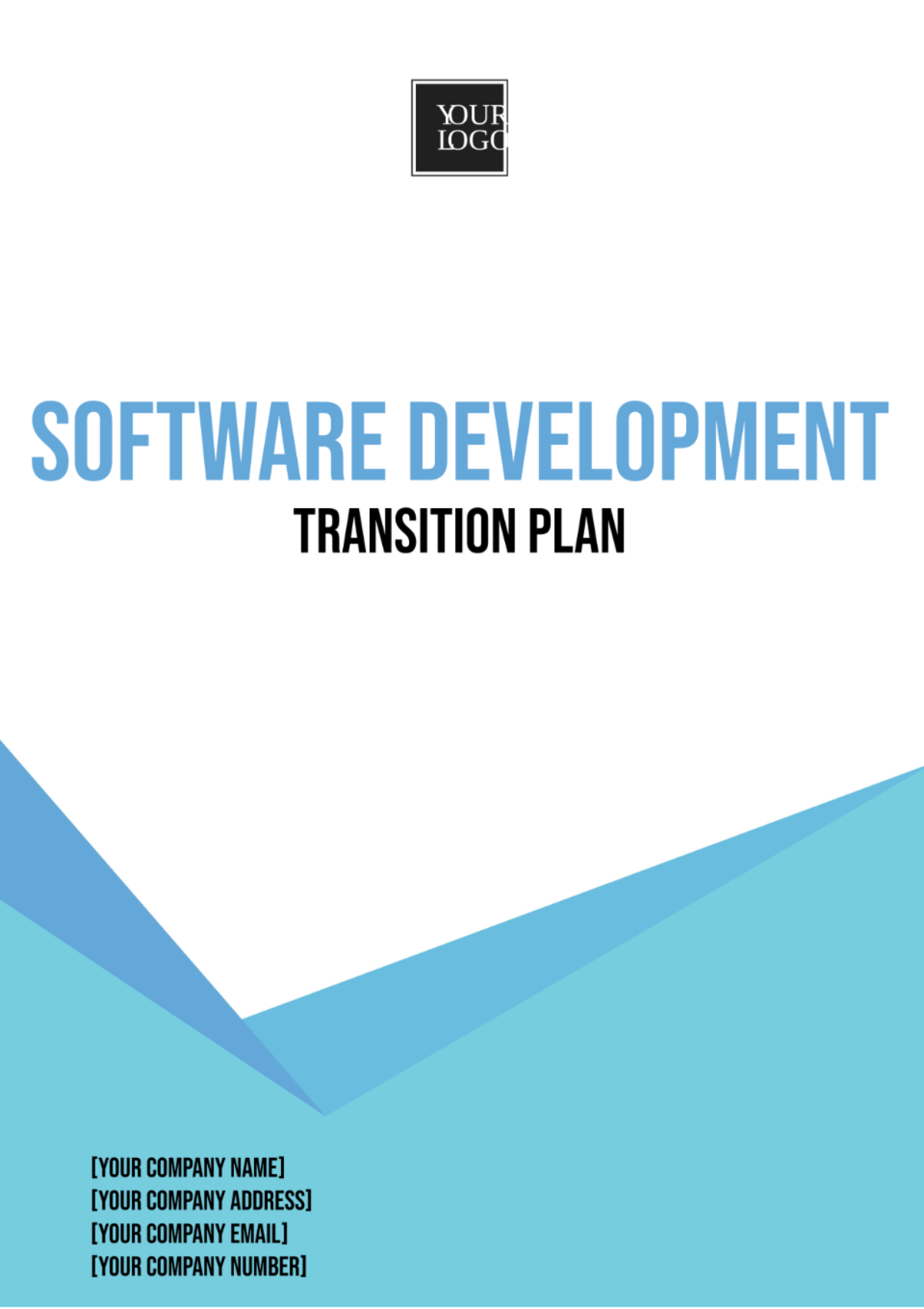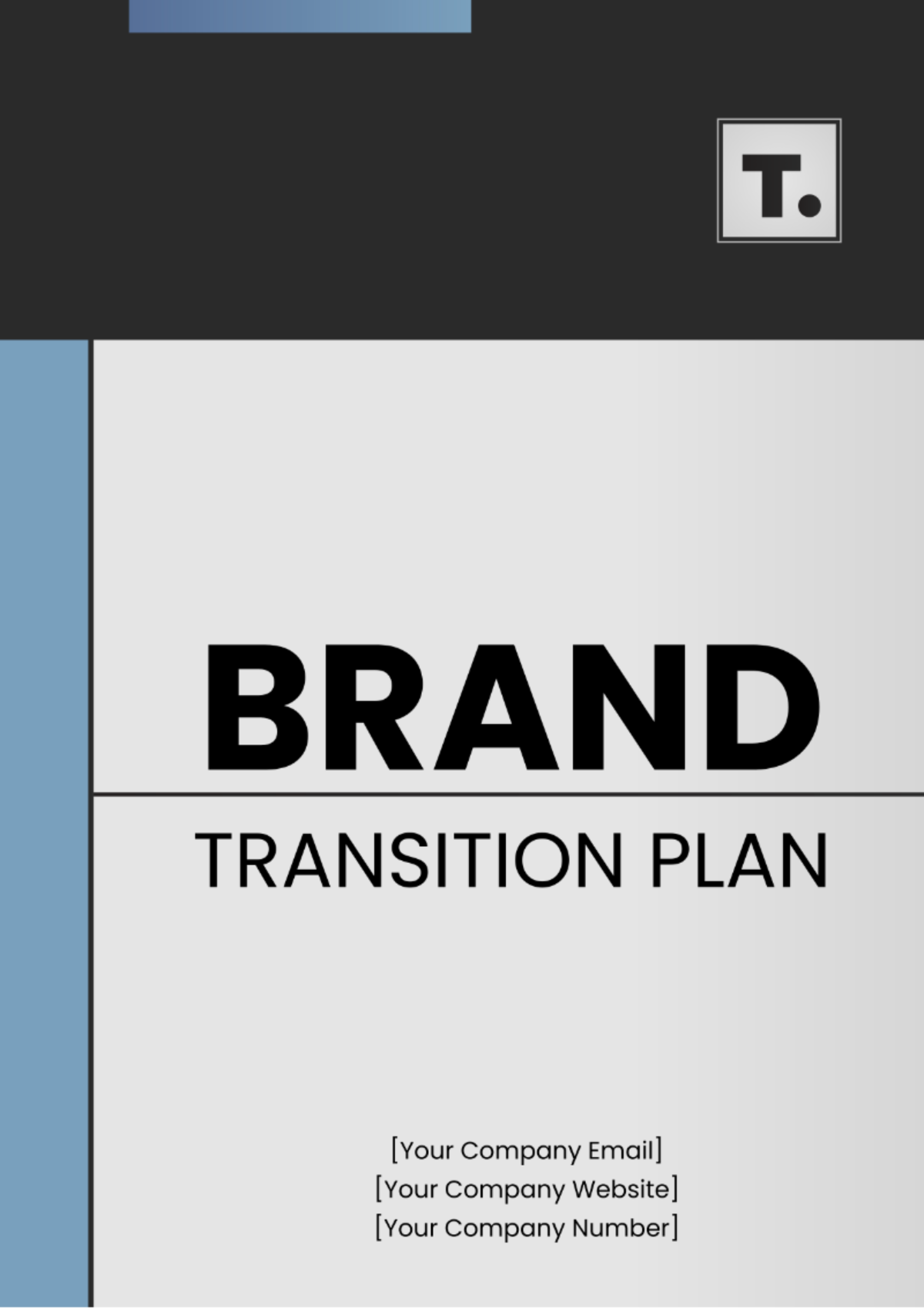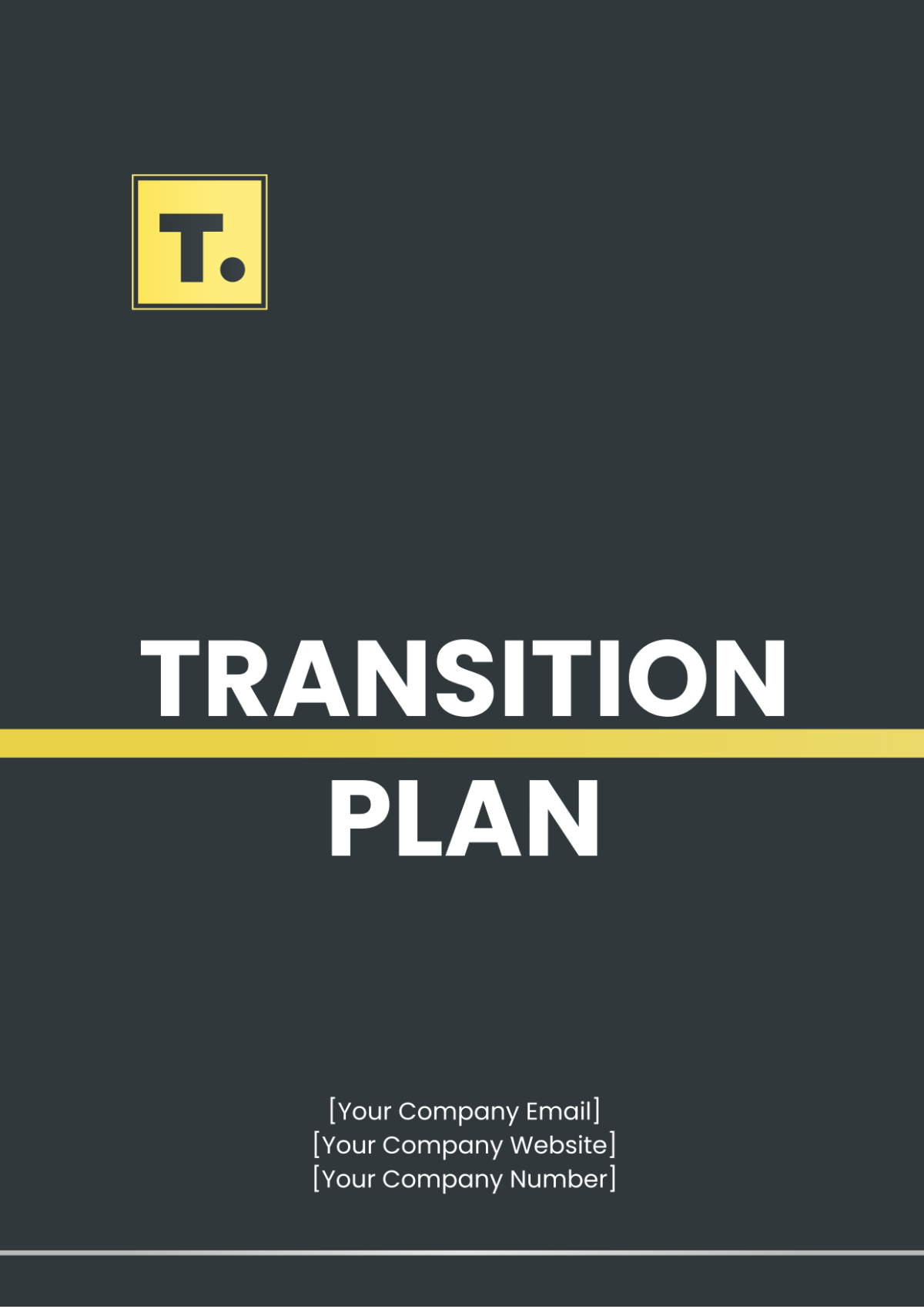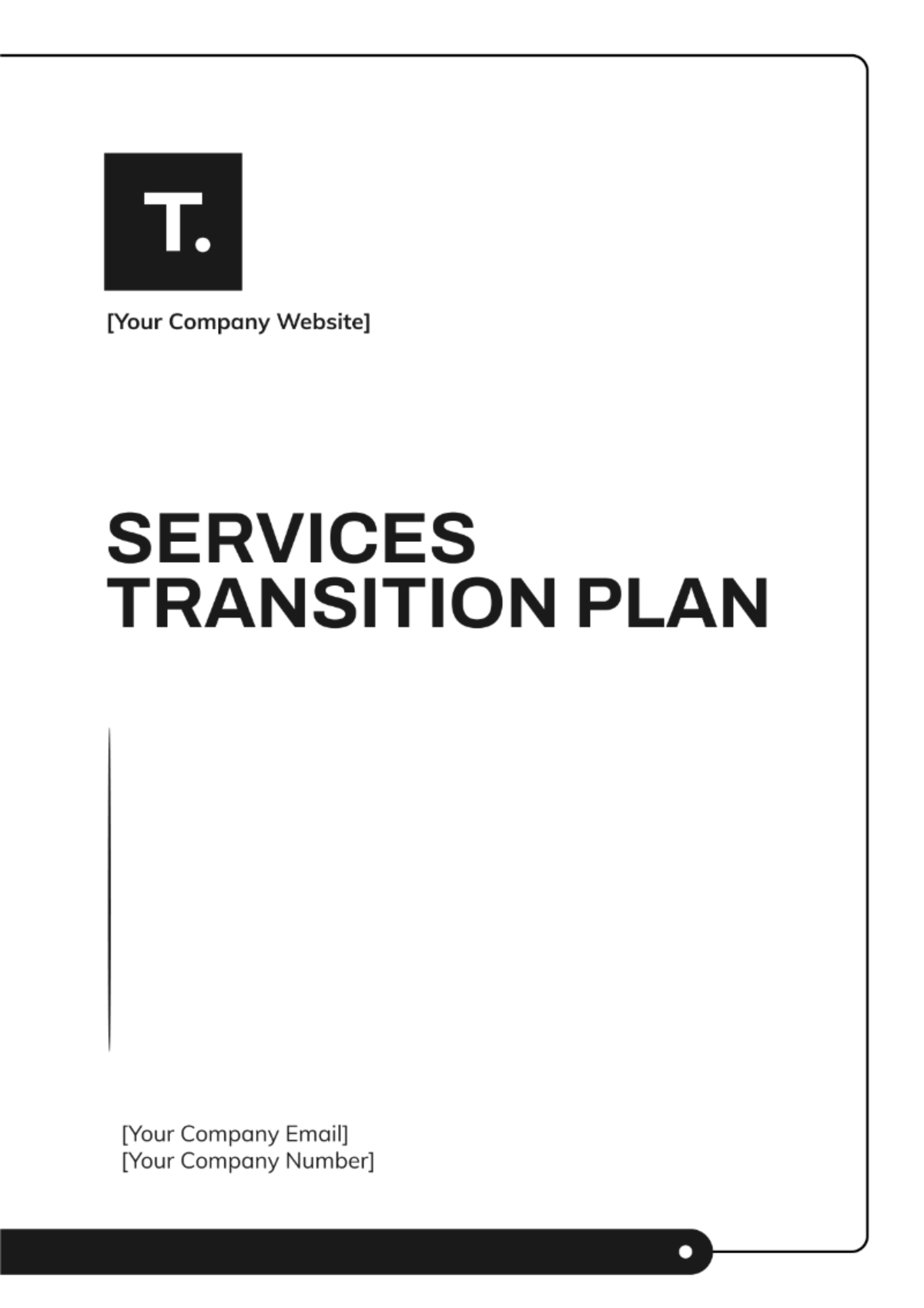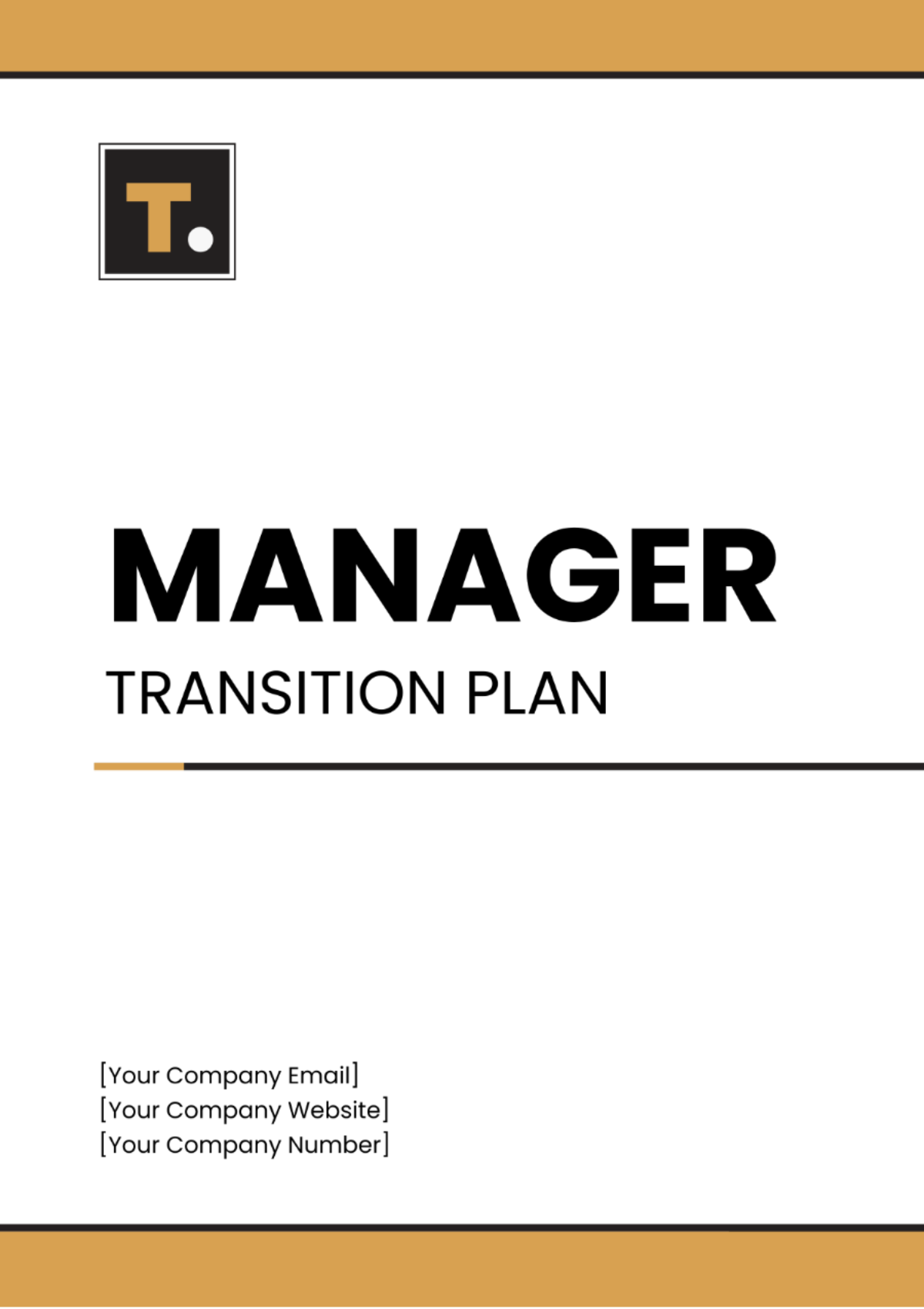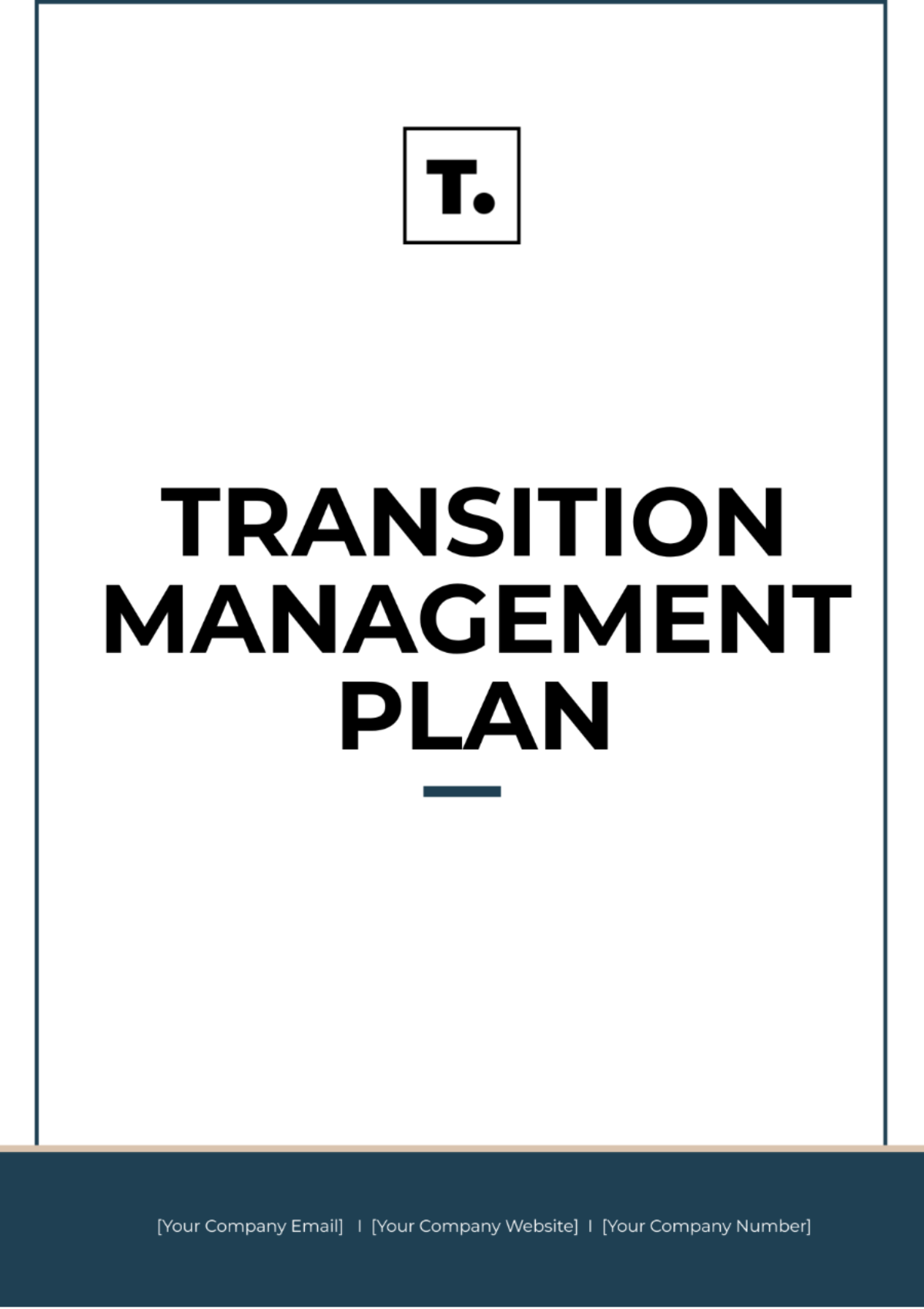TRANSITION MANAGEMENT PLAN
I. Introduction
A. Purpose and Objectives
The purpose of this Transition Management Plan is to guide the smooth transition of [Your Company Name] from its current state to the desired future state as part of our strategic growth initiative. The key objectives include:
Ensure continuity of operations and services by maintaining core business functions during the transition period.
Minimize employee uncertainty and resistance through clear communication, training, and change management strategies.
Maximize stakeholder engagement and communication to build trust and support throughout the transition process.
Optimize resource allocation and budget utilization during the transition to ensure efficient use of company resources.
B. Scope
This plan encompasses the transition activities across various departments including:
Human Resources: Talent management, organizational restructuring, employee communication, and support.
Information Technology: System upgrades, data migration, IT infrastructure optimization.
Operations: Process reengineering, workflow optimization, operational continuity planning.
Finance: Budget reallocation, financial reporting enhancements, resource allocation optimization.
Sales and Marketing: Product/service launch strategies, customer retention plans, sales and marketing continuity.
Customer Service: Customer support continuity, training, and transition for customer-facing teams.
Legal and Compliance: Transition of legal contracts and compliance frameworks, regulatory continuity planning.
II. Stakeholder Analysis
This section provides an overview of key stakeholders and their roles in the transition:
Stakeholder | Role | Responsibilities |
|---|---|---|
Transition Manager | Project lead | Plan development, coordination |
HR Lead | HR Director | Employee communication, training |
IT Lead | CIO/IT Manager | System migration, technical support |
Finance Lead | CFO/Finance Manager | Budget oversight, financial planning |
Sales Lead | VP Sales/Marketing | Customer communication, sales strategies |
III. Transition Timeline
Outlined below are the key milestones and timelines for the transition process:
Phase | Start Date | End Date | Milestones and Deliverables |
|---|---|---|---|
Planning | [DATE] | [DATE] | Approval of Transition Plan, Resource Allocation |
Execution | [DATE] | [DATE] | System Migration, Employee Training |
Monitoring | [DATE] | [DATE] | Performance Evaluation, Feedback Collection |
Closure | [DATE] | [DATE] | Final System Testing, Transition Review and Approval |
IV. Communication Plan
A. Objectives and Channels
The communication plan aims to:
Keep stakeholders informed through:
Bi-weekly email updates from the Transition Manager to all stakeholders.
Monthly town hall meetings for all employees to address concerns and provide updates.
Regular intranet announcements with FAQs, progress reports, and training schedules.
Training workshops for affected departments with follow-up sessions for continuous improvement.
B. Change Management
Implement a change management strategy including:
Change readiness assessments for employees to gauge their preparedness for the transition.
Leadership communication training for managers to effectively communicate changes and provide support.
Employee feedback mechanisms such as suggestion boxes and surveys for continuous improvement and addressing concerns promptly.
V. Risk Management
A. Potential Risks
Identify potential risks such as:
Resistance from employees due to uncertainty, lack of understanding, or fear of job loss.
Technical glitches during system migration lead to downtime or data loss.
Budget overruns impacting project timelines and resource availability.
Communication breakdowns among stakeholders cause misinformation and confusion.
B. Mitigation Strategies
Mitigation strategies include:
Change champions program to address employee resistance and foster positive attitudes toward the transition.
Contingency plan for IT failures with backup solutions and rapid response teams.
Quarterly budget reviews and reallocation adjustments to ensure financial stability and resource availability.
Weekly project status meetings for clear communication, issue resolution, and progress tracking.
VI. Training and Support
Provide comprehensive training and support programs including:
Experts conduct department-specific training sessions to ensure teams are equipped with the necessary skills and knowledge.
On-demand IT support hotline during system migration for immediate assistance and issue resolution.
User manuals and guides for new processes and tools to facilitate employee learning and adoption.
Continuous training updates based on employee feedback and evolving business needs to ensure ongoing competence and efficiency.
VII. Conclusion and Contact Information
By following this detailed Transition Management Plan, [Your Company Name] is committed to achieving a seamless transition with minimal disruption. For any inquiries or assistance, contact [Your Name] at [Your Email].


